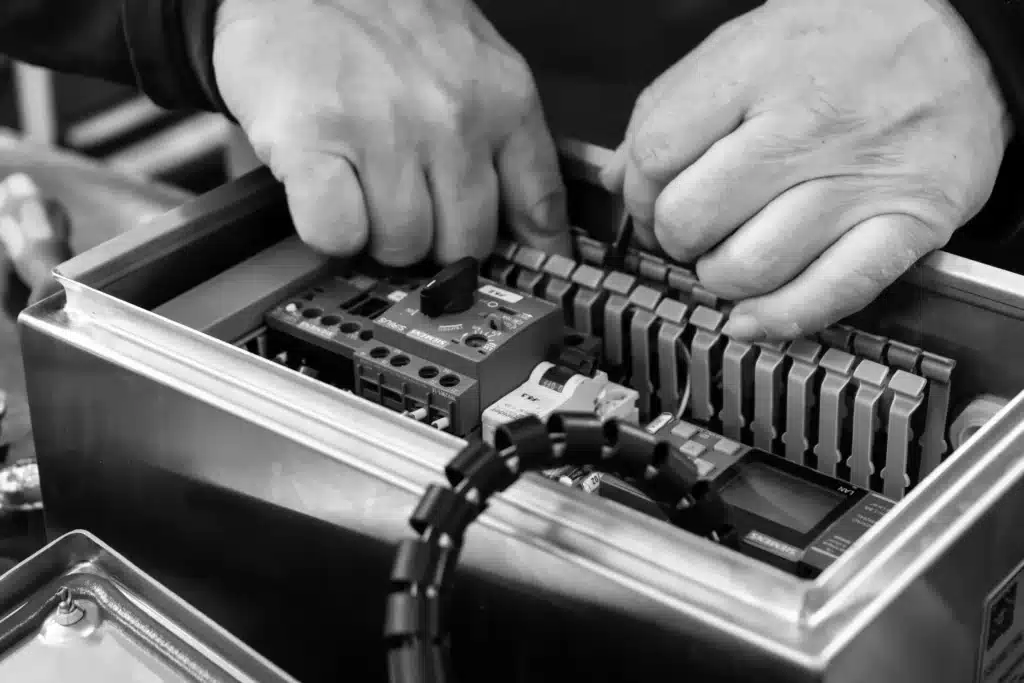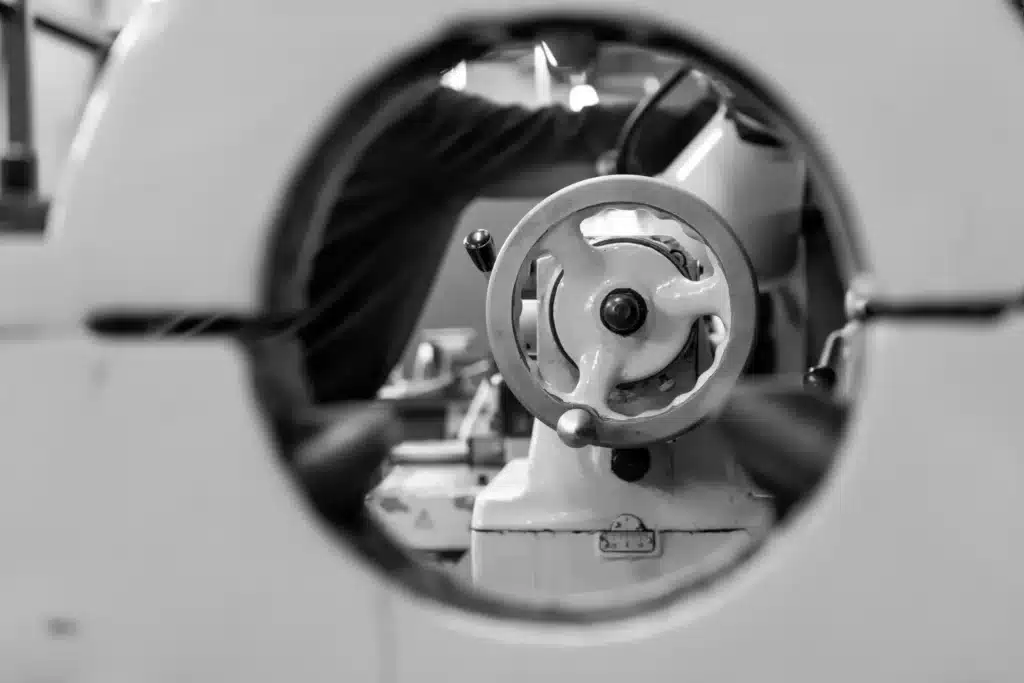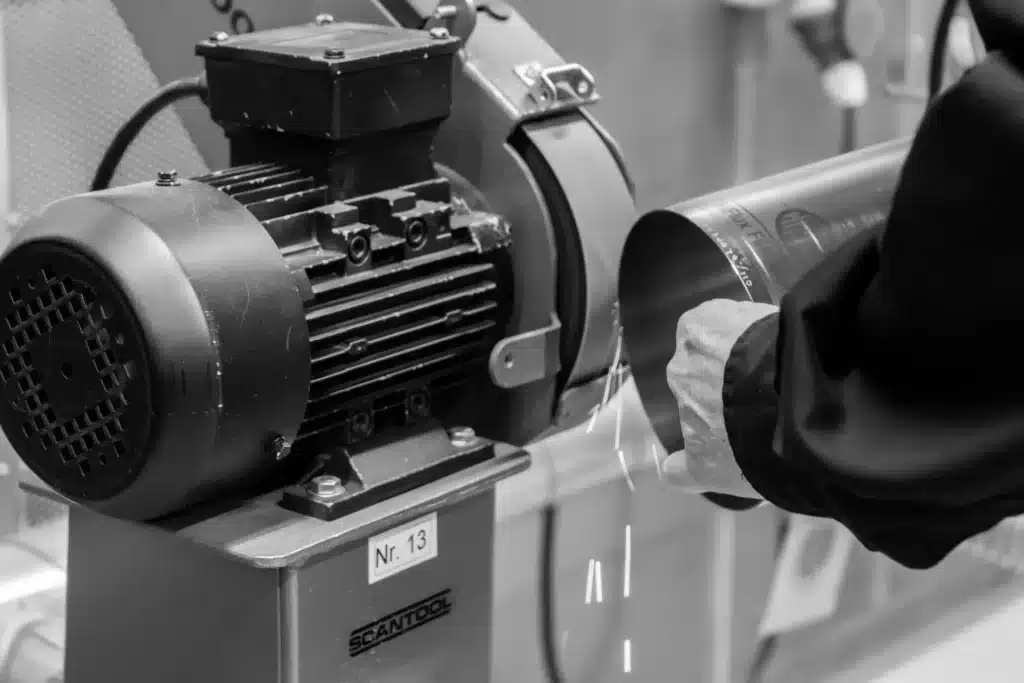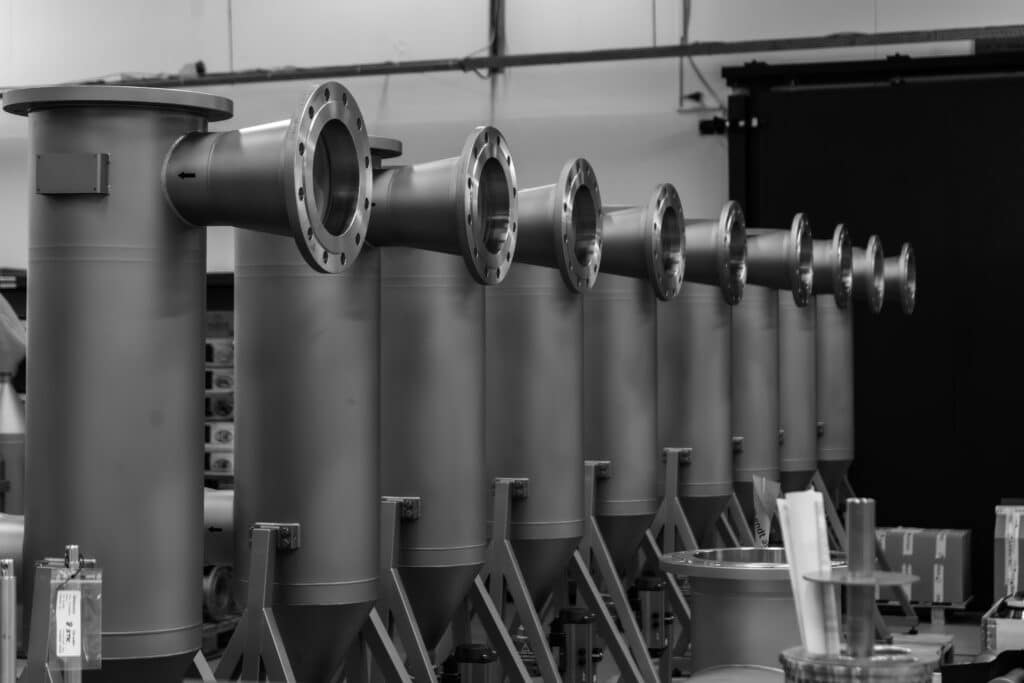Find HiFlux filter solutions that fit your needs perfectly. Select one of the following industries to find a filter fit for your production
List of Industries
View our products, we have seperated them into categories so you can find what you’re looking for. You can also find filters made for your production in the Industries tab.
Filter solutions
Find HiFlux filter solutions that fit your needs perfectly. Select one of the following industries to find a filter fit for your production
Let us help
Find HiFlux filter solutions that fit your needs perfectly. Select one of the following industries to find a filter fit for your production
HiFlux Filtration
HiFlux Filtration A/S is a Danish company, specializing for more than 60 years in filtration solutions of liquids for the processing industry and the energy sector.
Find what you are looking for
HiFlux Filtration A/S is a Danish company, specializing for more than 60 years in filtration solutions of liquids for the processing industry and the energy sector.
Select category
HiFlux Filtration A/S is a Danish company, specializing for more than 60 years in filtration solutions of liquids for the processing industry and the energy sector.







